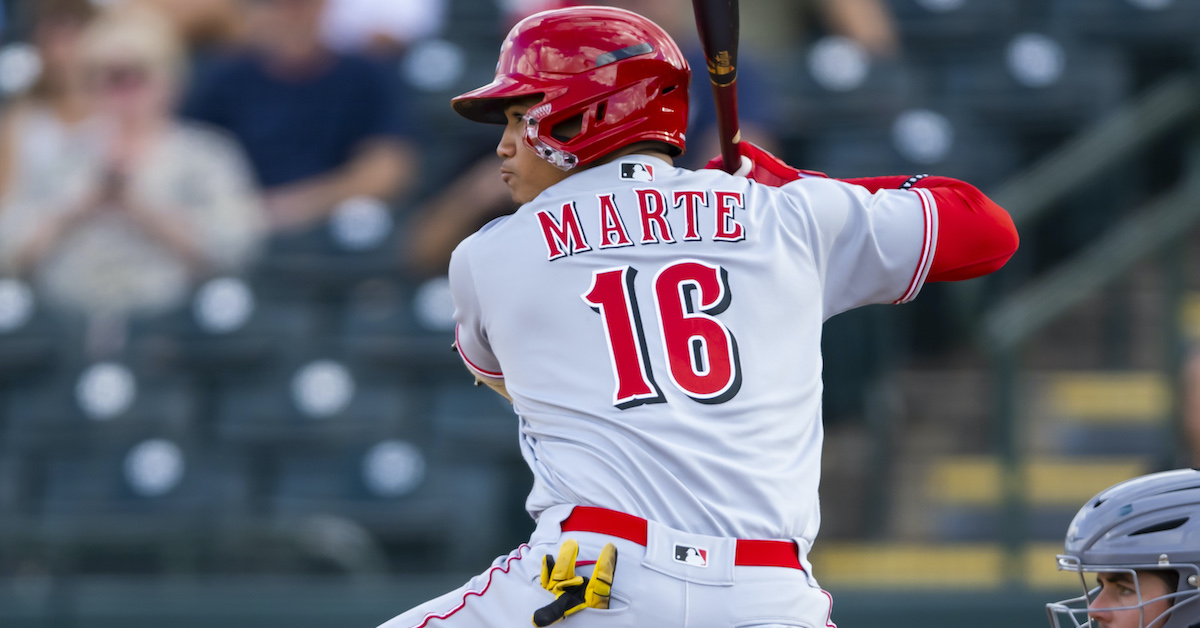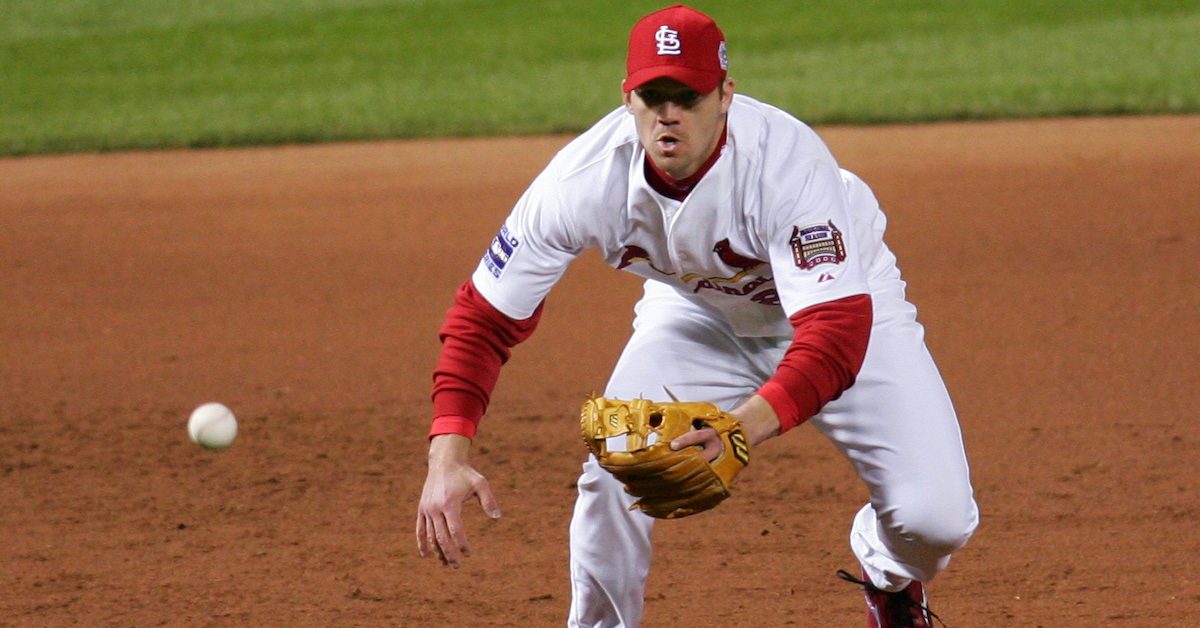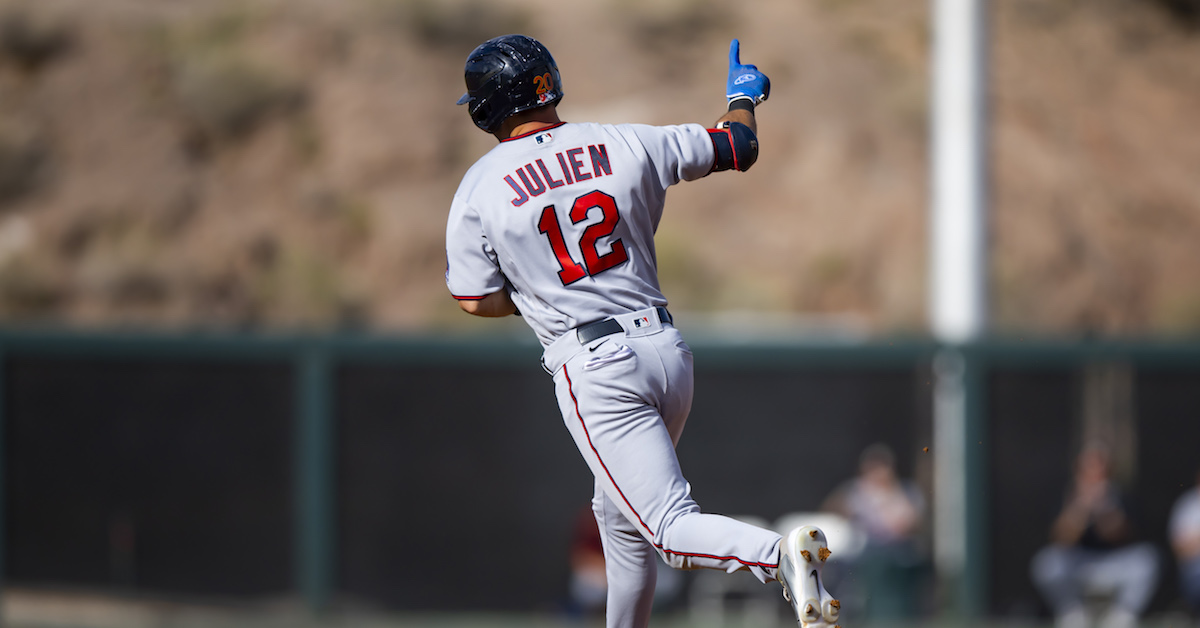40-Man Deadline Analysis: NL Central

Last Tuesday’s 40-man roster deadline led to the usual squall of transaction activity, with teams turning over portions of their rosters in an effort to make room for the incoming crop of young rookies. Often, teams with an overflow of viable big leaguers will try to get back what they can for some of those players via trade, but because we’re talking about guys straddling the line between major league viability and Triple-A, those trades tend not to be big enough to warrant an entire post.
Over the next few days, we’ll endeavor to cover and analyze the moves made by each team, division by division. Readers can view this as the start of list season, as the players covered in this miniseries tend to be prospects who will get big league time in the next year. We’ll spend more time discussing players who we think need scouting updates or who we haven’t written about in the past. If you want additional detail on some of the more famous names you find below, pop over to The Board for a more thorough report.
The Future Value grades littered throughout these posts may be different than those on the 2022 in-season prospect lists on The Board to reflect our updated opinions and may be subject to change during the offseason. New to our thinking on this subject and wondering what the FVs mean? Here’s a quick rundown. Note that because we’re talking about close-to-the-majors prospects across this entire exercise, the time and risk component is less present here and these FVs are what we think the players are right now. Read the rest of this entry »






